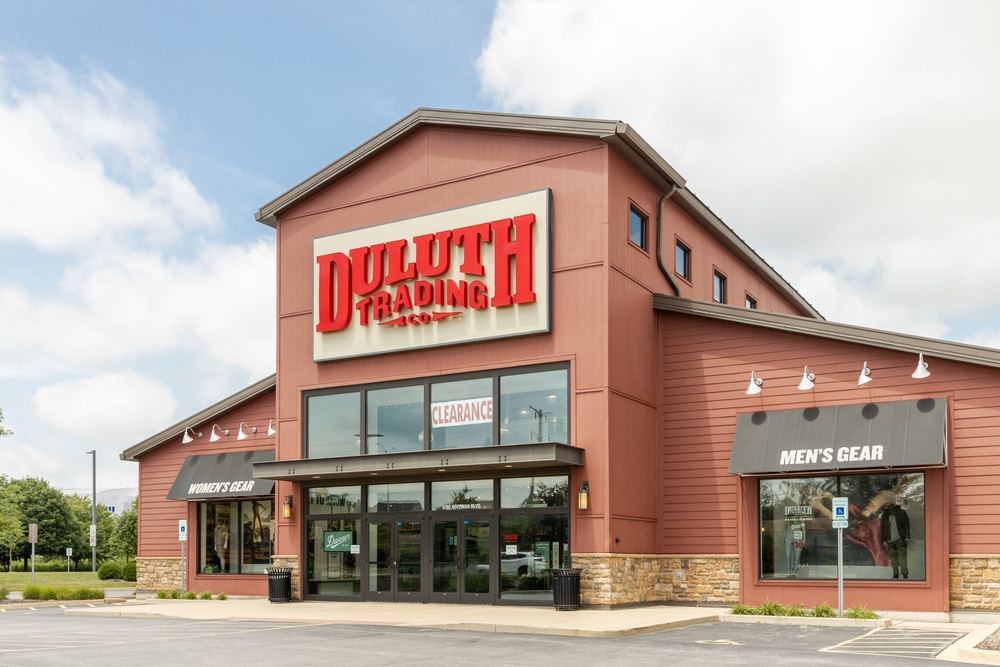For small business owners, visibility is everything. Your outdoor signage isn’t just a marker; it’s the first impression customers have of your brand. If your signage isn’t eye-catching, easy to read, or placed strategically, you might as well be invisible.
The good news? You don’t need a design degree to create effective outdoor signage. By following a simple checklist, you can ensure your signage captures attention, communicates clearly, and drives foot traffic. In this guide, we’ll explore the essential elements of a high-performing outdoor sign, from design tips to placement strategies.
1. Location: Visibility Starts with Placement
The best-looking sign won’t work if no one can see it. Here’s how to make placement work for you:
- Line of Sight: Ensure your sign is visible from multiple angles, especially the main road or foot traffic pathways.
- Height Matters: Place your sign at eye level or higher, depending on whether it’s aimed at pedestrians or drivers.
- Avoid Obstructions: Check for trees, poles, or other obstacles that could block your sign.
Pro Tip: Conduct a visibility test by viewing your sign from different distances and angles before finalizing placement.
2. Design: Make Every Detail Count
Good signage design isn’t just about aesthetics—it’s about functionality. Here are the must-have elements:
- Readable Fonts: Choose clean, sans-serif fonts like Helvetica or Arial, and avoid overly decorative options.
- Sufficient Font Size: Text should be readable from a distance. For example, a 1-inch letter is legible from about 10 feet away.
- Color Contrast: Use high-contrast combinations (e.g., black on white or yellow on blue) to ensure readability in all lighting conditions.
- Simplicity: Stick to one main message. Cluttered signs confuse customers and dilute your impact.
Stat: Studies show that 83% of consumers can easily recall a sign’s main message if it’s clear and concise.
3. Materials: Invest in Durability
Your sign needs to withstand the elements while staying vibrant and legible. Here’s what to look for:
- Weather Resistance: Use materials like aluminum or treated wood for outdoor durability.
- UV Protection: Prevent fading by opting for UV-resistant coatings.
- Eco-Friendly Options: Recycled materials not only reduce your environmental footprint but also resonate with eco-conscious customers.
Pro Tip: Invest in a quality sealant to protect your sign from rain, snow, and humidity.
4. Lighting: Be Seen Day and Night
Lighting can make or break your sign’s visibility, especially after dark. Here’s how to shine:
- External Lighting: Use spotlights or floodlights to illuminate signs without internal lighting.
- Internal Illumination: Backlit or LED signs ensure consistent visibility regardless of time or weather.
- Energy Efficiency: Choose LED lighting for lower energy costs and a longer lifespan.
Example: A bakery increased its nighttime foot traffic by 15% after adding backlit signage for 24/7 visibility.
5. Compliance: Stay Within the Rules
Ignoring local regulations can lead to fines—or even having your sign removed. Stay compliant by:
- Checking Local Laws: Research zoning regulations, size limits, and placement rules in your area.
- Obtaining Permits: Ensure you have the proper approvals before installation.
- ADA Compliance: Make your signage accessible with features like braille, high contrast, and non-glare surfaces.
Stat: Non-compliance with local signage laws can result in fines averaging $500–$1,000.
6. Maintenance: Keep Your Sign Fresh
A poorly maintained sign sends the wrong message about your business. Keep your signage in top shape with these tips:
- Regular Inspections: Check for damage, fading, or dirt accumulation at least once a month.
- Cleaning: Use non-abrasive cleaners to maintain vibrancy without damaging materials.
- Repairs: Address cracks, peeling paint, or flickering lights immediately to preserve your brand’s image.
Pro Tip: Schedule seasonal maintenance, especially after extreme weather conditions.
7. Enhancements: Go Beyond the Basics
Want to take your signage to the next level? Here are some ways to stand out:
- Digital Displays: Use LED screens to feature rotating promotions or dynamic content.
- Interactive Elements: Add QR codes that link to promotions, menus, or contact information.
- Directional Signage: Guide customers straight to your door with wayfinding signs.
Example: A boutique added a digital sign showcasing real-time reviews and saw a 20% boost in customer trust.
8. Testing: Measure and Optimize
The best way to ensure your signage works is by tracking its performance. Here’s how:
- Customer Feedback: Ask customers how they found your business or if they noticed your sign.
- Foot Traffic: Use analytics tools like pedestrian counters or footfall apps to track increases in visits.
- A/B Testing: Experiment with different designs or messaging to see what resonates best.
Stat: Businesses that optimize their signage report an average sales increase of 10–20%.
 Your outdoor signage is more than a decoration—it’s a tool for visibility, engagement, and growth. By following this ultimate checklist, you can create a sign that not only turns heads but also drives business success.
Your outdoor signage is more than a decoration—it’s a tool for visibility, engagement, and growth. By following this ultimate checklist, you can create a sign that not only turns heads but also drives business success.
At Tupp Signs, we specialize in crafting durable, eye-catching signage tailored to your business needs. From design to installation, we’re here to help your brand stand out.
Ready to make your business impossible to miss? Contact us today for a free consultation!
FAQ Section
1. Why is outdoor signage important for my business?
Outdoor signage acts as a 24/7 advertisement, helping your business attract attention, communicate your brand, and drive foot traffic. It’s often the first impression customers have of your business.
2. What makes a sign effective?
An effective sign is clear, concise, and placed strategically. It uses readable fonts, high-contrast colors, and lighting to ensure visibility day and night.
3. How often should I inspect and maintain my signage?
Signs should be inspected monthly for damage, fading, or dirt. Regular cleaning and prompt repairs keep your signage professional and engaging.
4. What materials are best for outdoor signs?
Durable materials like aluminum, treated wood, and acrylic are great for outdoor signs. For eco-friendly options, consider recycled plastics or FSC-certified wood.
5. How do I ensure my signage complies with local regulations?
Check your city’s zoning laws for size, placement, and lighting restrictions. Always obtain the necessary permits and follow ADA guidelines for accessibility.
Resources for Further Reading
1. Sign Research Foundation
Explore studies on signage effectiveness, visibility tips, and consumer behavior.
2. American Sign Museum
Learn about the history and evolution of outdoor signage to inspire your designs.
3. Small Business Administration – Marketing Strategies
Advice for small business owners on leveraging signage as part of their marketing mix.
4. Energy.gov – Energy-Efficient Lighting
Discover how LED lighting can reduce costs while improving sign visibility.


